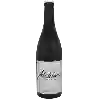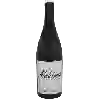Top 100 red wines of Coteaux du Giennois
Discover the top 100 best red wines of Coteaux du Giennois of Coteaux du Giennois as well as the best winemakers in the region. Explore the varietals of the red wines that are popular of Coteaux du Giennois and the best vintages to taste in this region.







































































